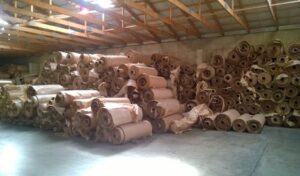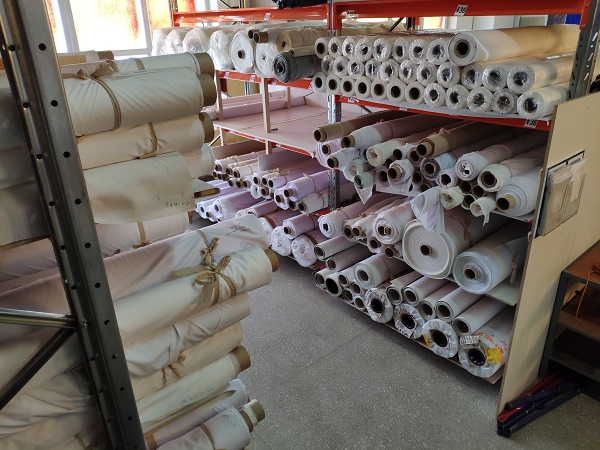Nylon Airbag Fabric Rolls For Sale
In the realm of automotive safety, where every detail can make a life-saving difference, one crucial component often goes unnoticed—the Nylon Airbag Fabric Roll. These unassuming rolls of high-performance material play a pivotal role in the functionality and effectiveness of airbags, the unsung heroes of vehicular safety. Buy Nylon Airbag Fabric Rolls, uncovering their properties, manufacturing processes.
Understanding Nylon Airbag Fabric:
Nylon Airbag Fabric is a specialized textile designed to withstand the extreme conditions associated with airbag deployment. Comprising multiple layers of woven nylon, these fabrics are engineered to be strong, durable, and resistant to tearing. The primary purpose of Nylon Airbag Fabric Rolls is to serve as the core material for manufacturing airbags, providing a reliable and rapid response during a collision.
Properties of Nylon Airbag Fabric:
High Tensile Strength: Nylon, a synthetic polymer known for its exceptional strength, is the preferred material for airbag fabric rolls. The high tensile strength ensures that the fabric can withstand the intense forces generated during airbag deployment.
Tear Resistance: In the event of a collision, airbags need to deploy rapidly and uniformly. Nylon’s tear resistance ensures that the fabric can withstand the forces involved in the deployment process without compromising its integrity.
Temperature Resistance: Nylon Airbag Fabric Rolls must perform reliably across a broad temperature range. Whether facing extreme heat or cold, these fabrics are designed to maintain their structural integrity, ensuring optimal airbag performance.


Manufacturing Process:
The manufacturing of Nylon Airbag Fabric Rolls involves a series of precise and controlled processes to create a material that meets stringent safety standards. The key steps in the manufacturing process include:
Polymerization of Nylon: The process begins with the polymerization of nylon, where raw materials are chemically transformed into long chains of nylon polymers. This results in a strong and flexible material with the desired properties for airbag fabric.
Spinning: The nylon polymers are then spun into fibers using various techniques, such as melt spinning or solution spinning. This step determines the thickness and strength of the resulting fibers.
Weaving: The spun nylon fibers are woven into a fabric structure using specialized looms. The weaving process creates a textile with the necessary strength and tear resistance required for airbag deployment.
Coating: To enhance specific properties such as flame resistance and gas permeability, the woven nylon fabric may undergo a coating process. This ensures that the Nylon Airbag Fabric Rolls meet the stringent safety standards set for automotive airbags.
Role in Automotive Safety:
Nylon Airbag Fabric Rolls play a critical role in ensuring the effectiveness of automotive airbags, which are designed to deploy rapidly and protect occupants in the event of a collision. The key contributions of Nylon Airbag Fabric to automotive safety include:
Rapid Deployment: The high tensile strength and tear resistance of Nylon Airbag Fabric enable airbags to deploy rapidly and uniformly, providing a protective barrier between the vehicle occupants and the interior components of the vehicle.
Reduced Injuries: By cushioning the impact and restraining the movement of occupants during a collision, airbags equipped with Nylon Airbag Fabric contribute to a significant reduction in injuries, particularly to the head and chest areas.
Reliability: The temperature-resistant properties of Nylon Airbag Fabric ensure that airbags maintain their functionality across a wide range of environmental conditions, enhancing the overall reliability of automotive safety systems.
